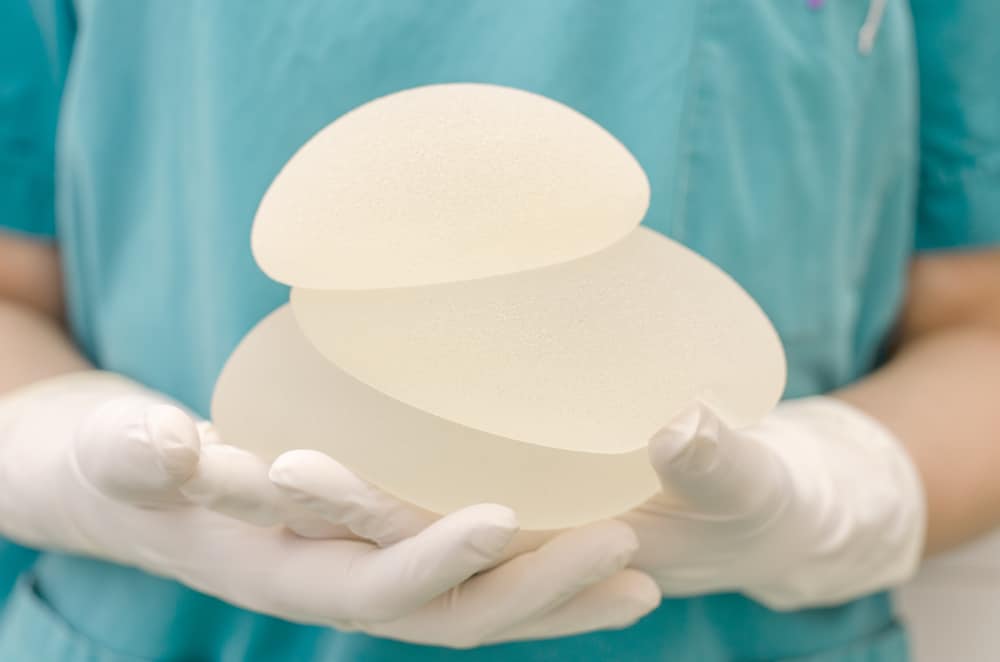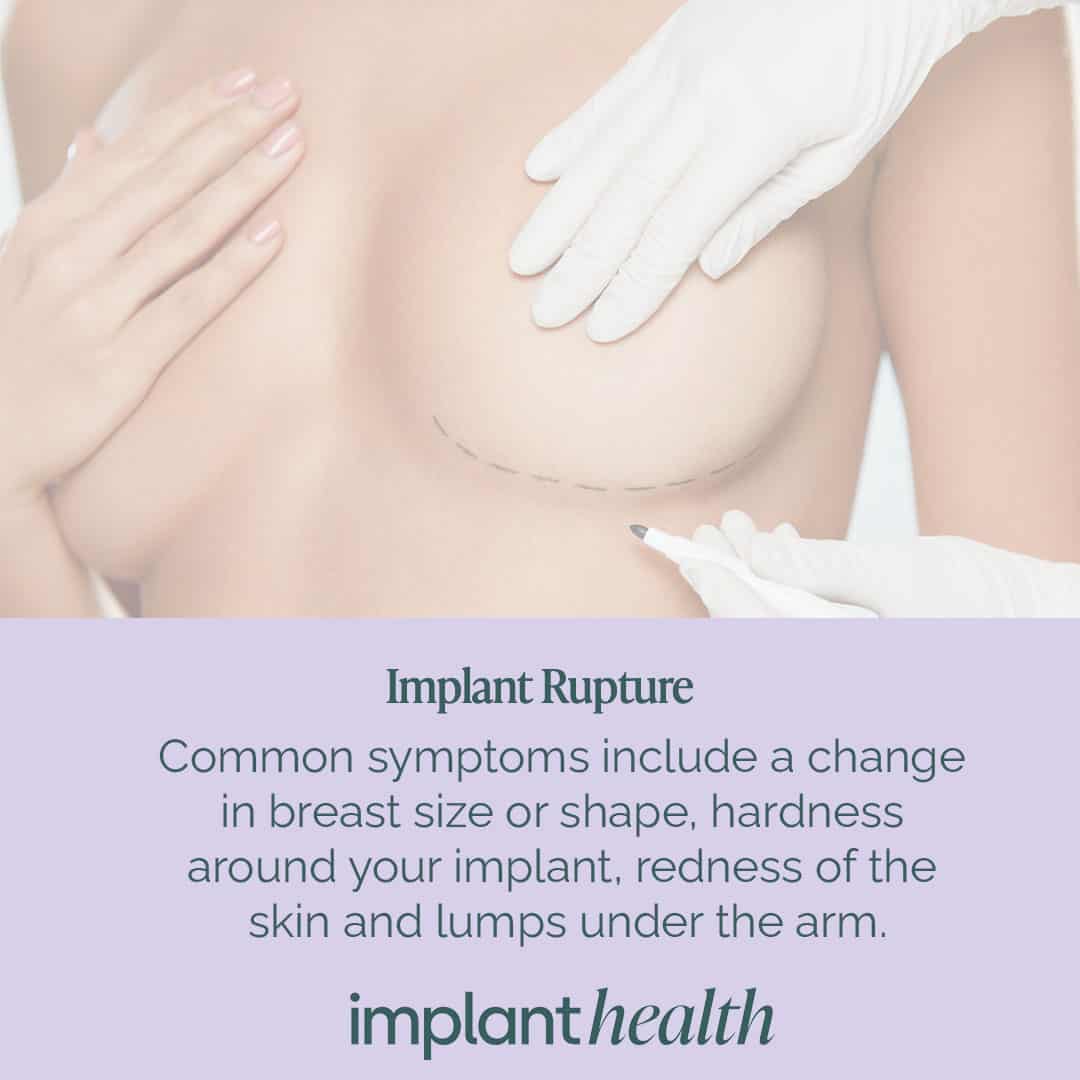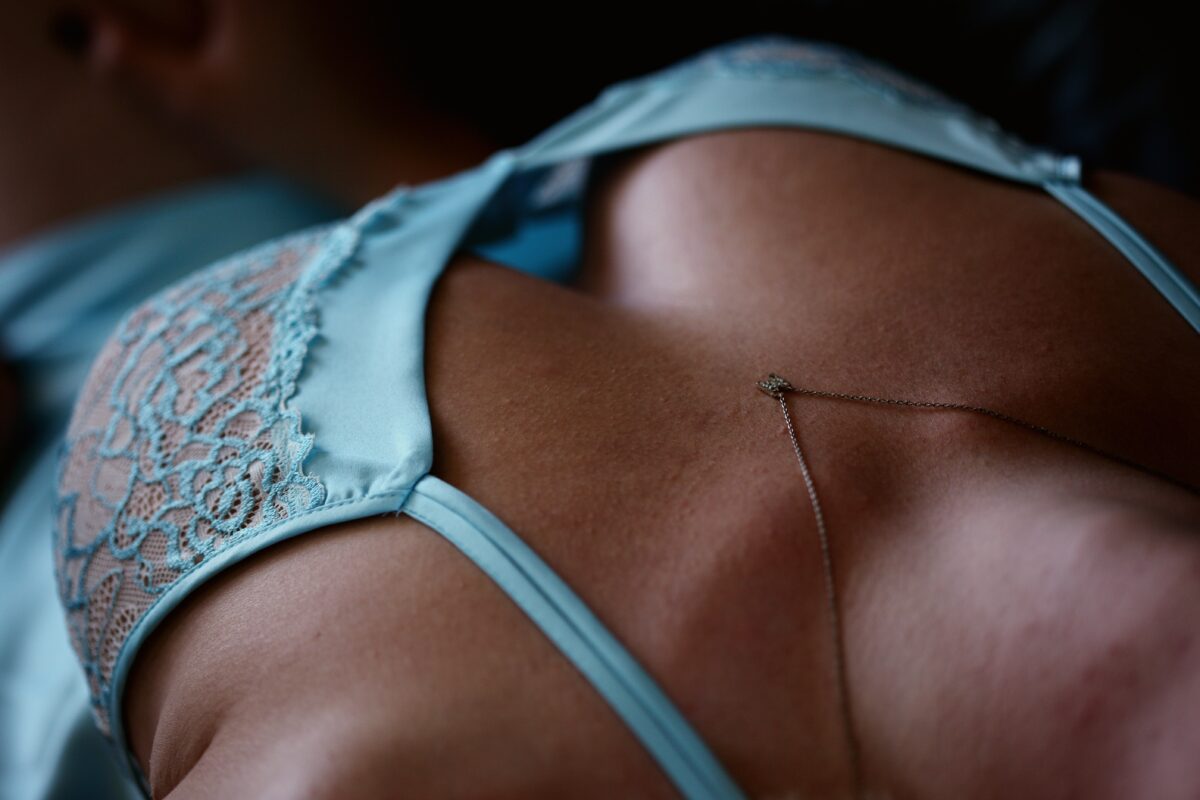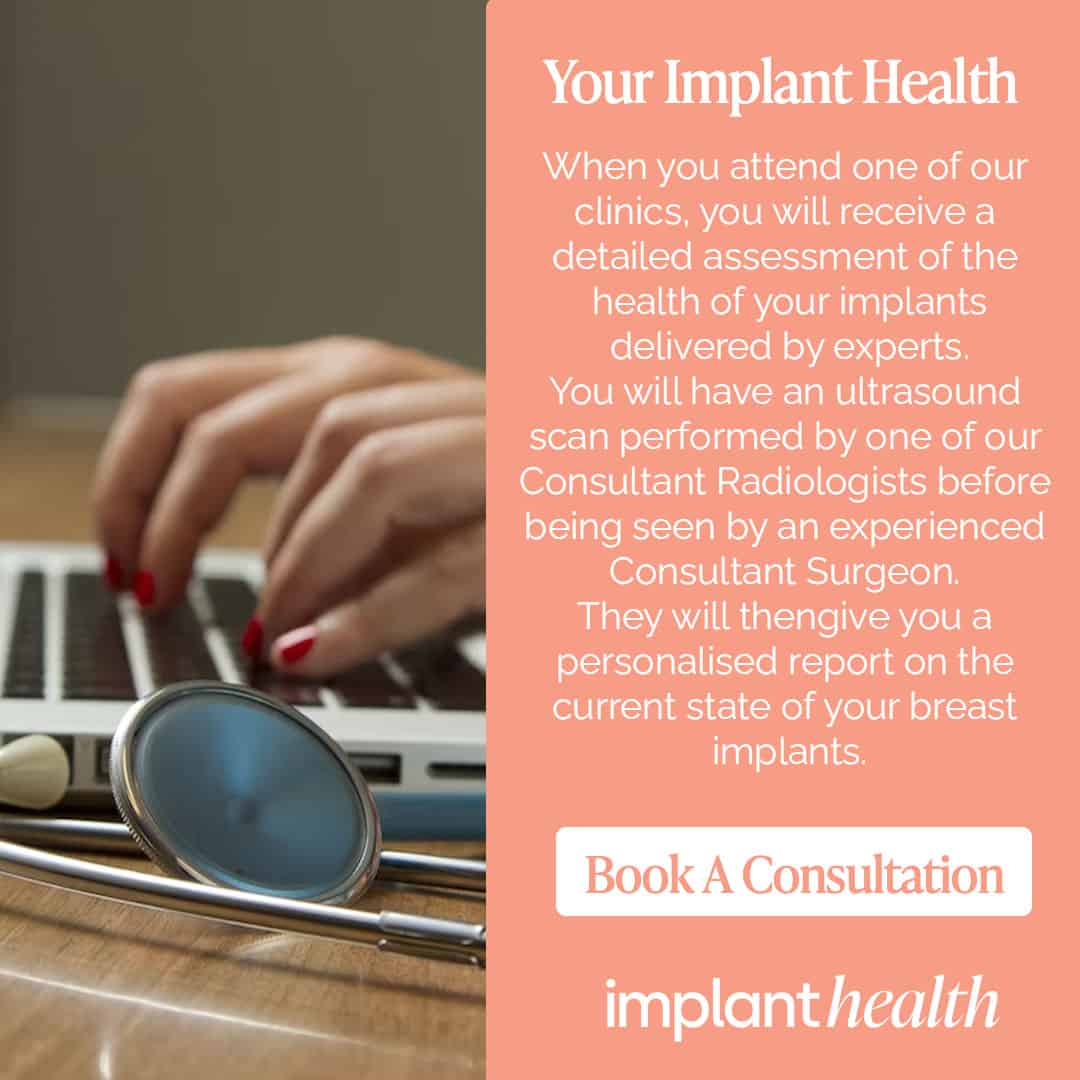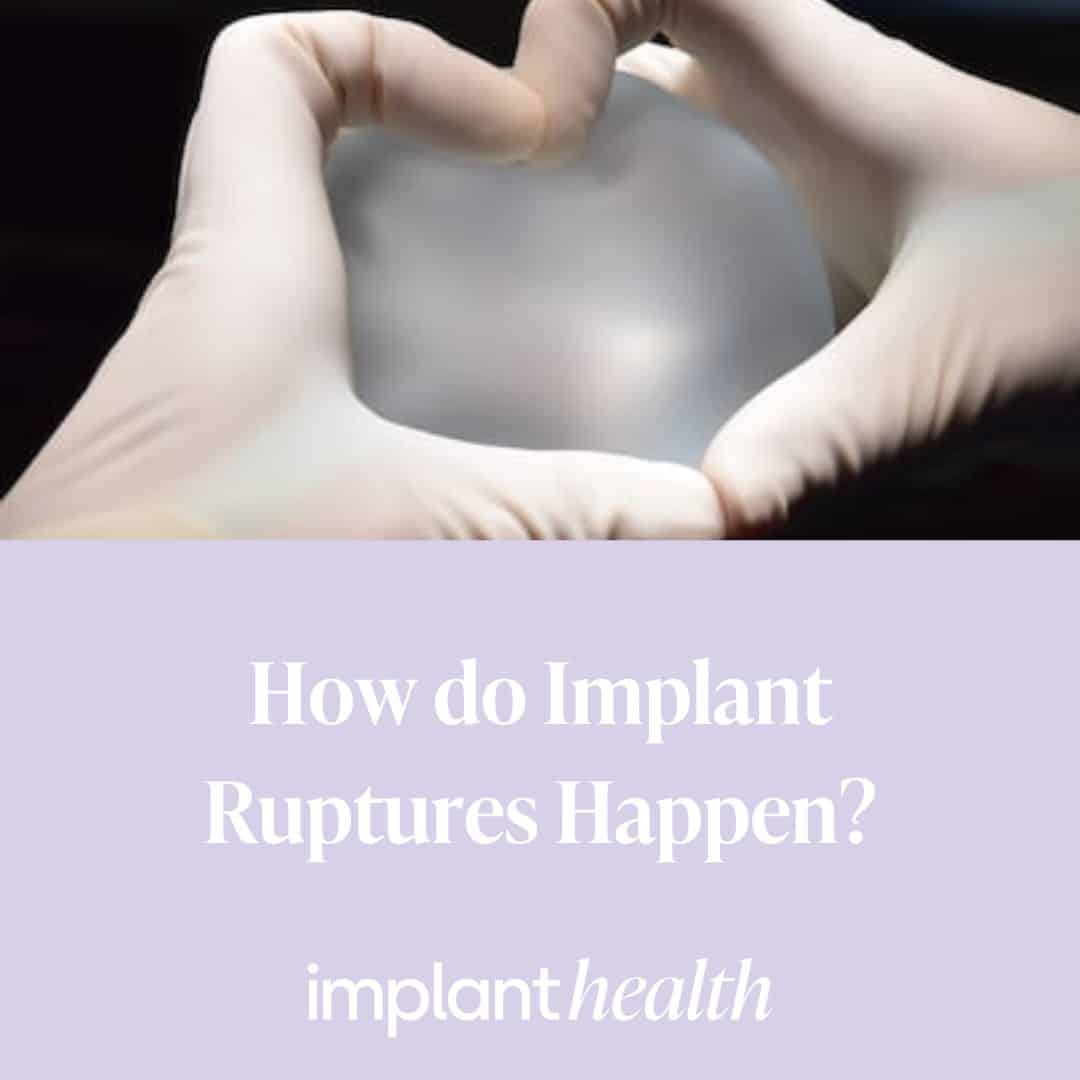The Different Kinds of Implants Available
To this day, breast augmentation remains one of the top-performed cosmetic procedures around the world. However, with so many different kinds of implants available, patients can feel overwhelmed with choices, so in this blog, we will break it down to help you decide which solution is right for you.
Filling
Before we start looking at the different shapes available, it helps to understand what breast implants are made of, as this plays a pivotal role in your final result.
Silicone
Silicone breast implants are FDA-approved and the most widely used implant type. They are filled with a viscous silicone gel that mimics the feeling of natural breast tissue, often making it the go-to choice for women opting for a more natural result.
In the event of a breast implant rupture, it can be a little harder to identify as the breast will not deflate immediately. Silicone gel usually remains within the implant shell, and breast pocket meaning deflation happens over a period of time, making it more difficult to detect. This is often referred to as a silent rupture.
Whilst silicone ruptures are not considered a medical emergency, if you are concerned, we advise you to speak to your surgeon.
Saline
Saline implants are made up of sterile salt water and provide a uniform shape, firmness and feel to the overall breast. There is also a structured saline option that contains an inner structure that aims to make the implant feel a little more natural.
Now, because the solution used is a lot thinner in consistency, saline implant ruptures can be easier to detect as the implant will deflate almost immediately as the saline leaks from the implant.
Again, ruptures within saline breast implants are not considered to be dangerous, or a medical emergency as saline is naturally expelled by the body. However, we do advise you to speak to your surgeon to have the implant removed and replaced.
No matter what filling you end up going with, we recommend booking in for regular breast health screenings to detect any abnormalities, including ruptures, and monitor your overall breast health. At Implant Health, we use MRI scans to screen both the breast and implant to identify any complications and refer you to a trained specialist for treatment.
Shape
In terms of which shape, you can either go for round implants or teardrop-shaped implants. Both provide a slightly different appearance, so which one you select will depend on your desired outcome.
Round
Round implants look more spherical, with more volume towards the top of the breast which makes the breast look fuller. If you aim to create more fullness to fill out clothing and achieve more projection, then round implants may be the option for you.
In addition, round breast implants are the same shape all over, meaning there is less concern about them rotating out of place.
Teardrop
Teardrop implants often look the most natural in terms of breast structure. Like natural breast tissue, the majority of the volume is focused towards the bottom of the breast and is more tapered towards the top.
Now, in the unlikely event that your implant moves, you may notice the breast shape change. To correct this, you should see a surgeon who will be able to perform a separate procedure to correct it.
If you need any help with the different types of implants available, or you would like to book a breast health screening to monitor the health of your current breast implants, contact our experts.
